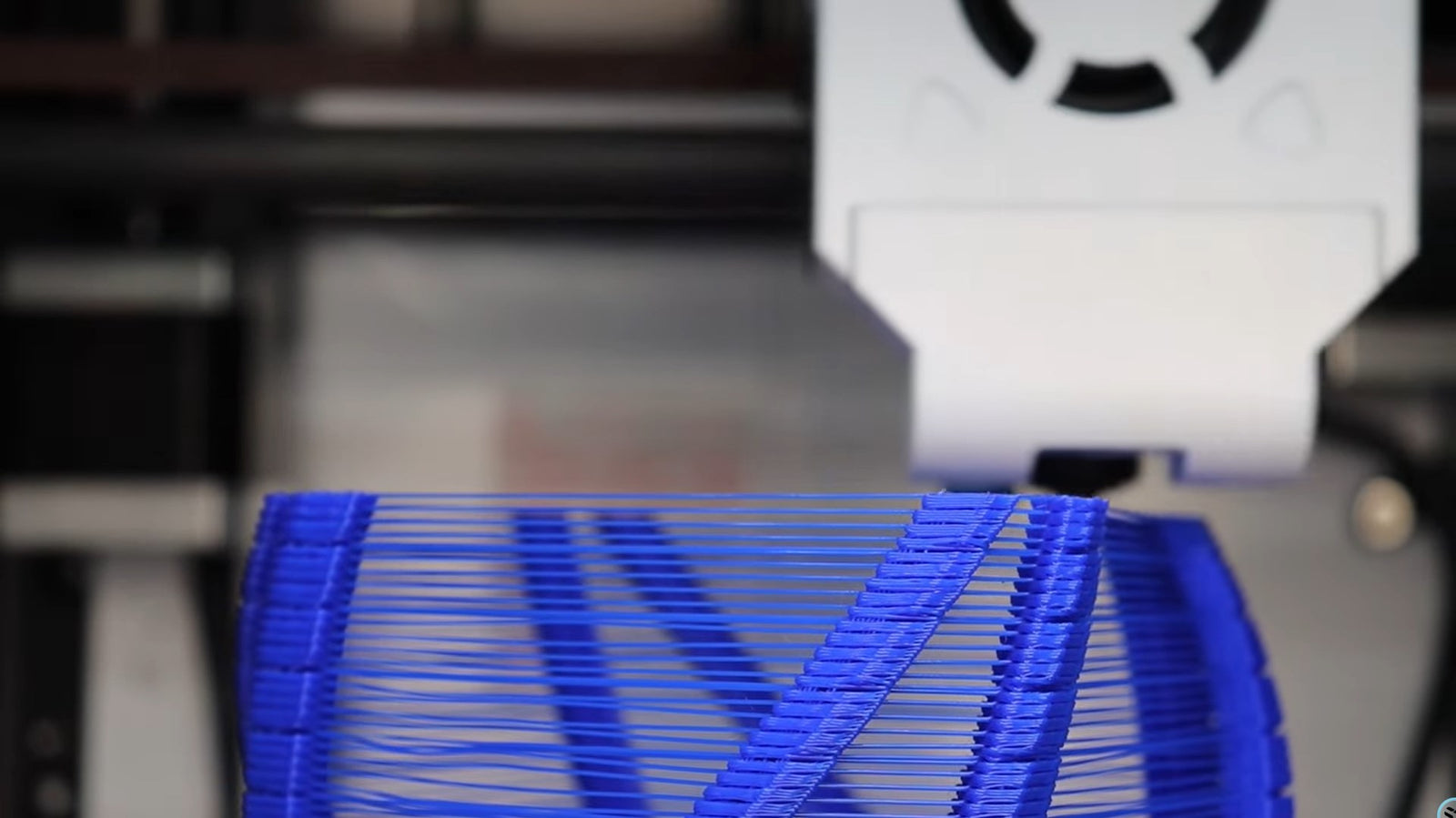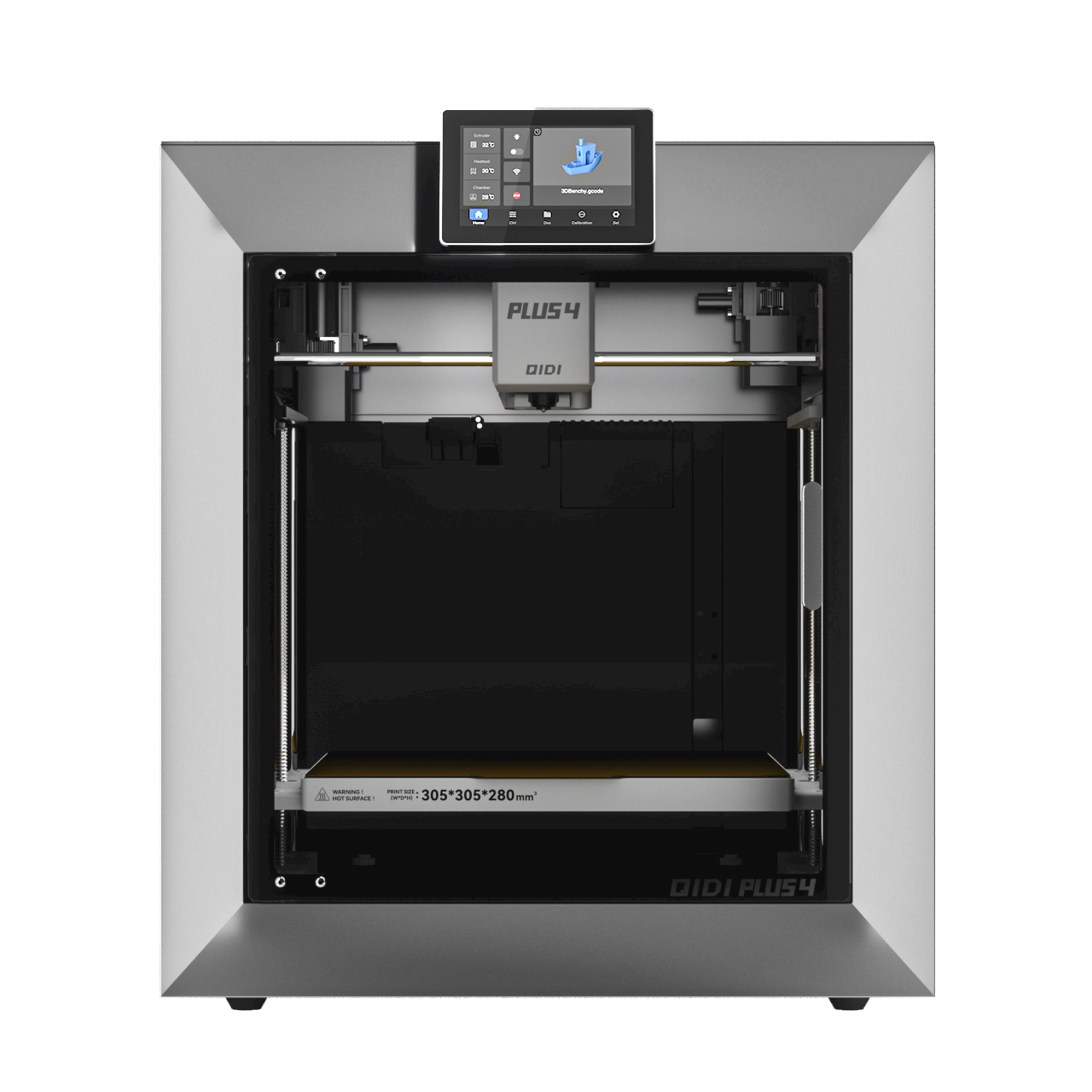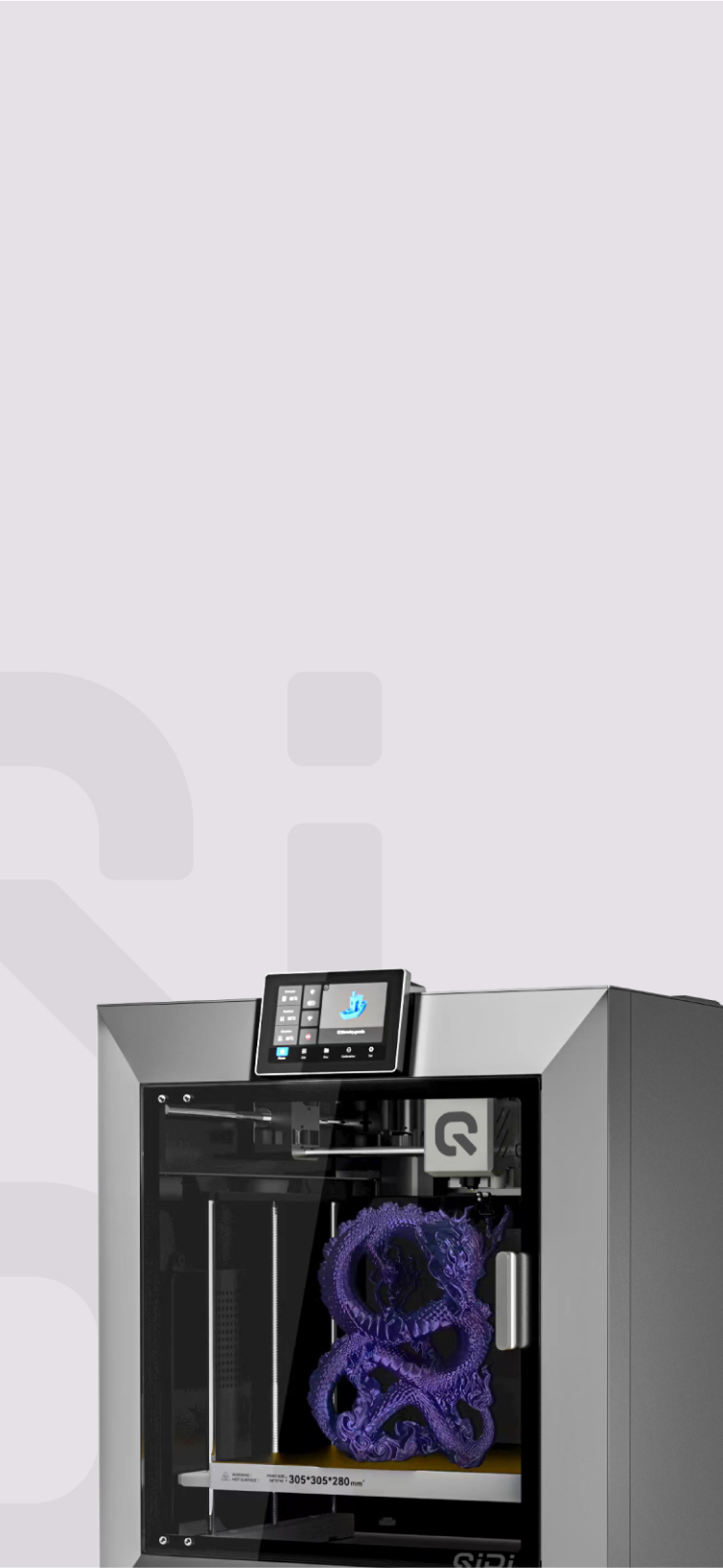How Do I Get Rid of the Smell in My 3D Printer?


A Quick Answer
3D printing can cause unpleasant odors and potential health risks due to material decomposition and process factors. To mitigate these issues, ensure proper ventilation, use less-odorous materials, and regularly monitor the air quality. Between FDM and resin 3D printing, FDM is generally considered safer due to fewer harmful emissions.
Introduction
Unpleasant plastic odors are a common issue with 3D printers. As 3D printing grows more popular for prototyping, hobby crafts, and manufacturing, dealing with these smells needs more focus to ensure comfortable and healthy workspaces. This guide covers where 3D printing odors come from, the health risks of exposure, and actionable strategies to prevent, reduce, and monitor emissions. With safety best practices, operators can promote cleaner air while unleashing creativity. We'll explore practical solutions so you can breathe easier and focus on printing.
Where Do 3D Printing Odors Come From?
Unpleasant plastic odors in 3D printing can originate from two main sources – the printing materials and the printing process itself.
1. Printing Materials
Most consumer and industrial 3D printers use thermoplastic filaments like ABS, PLA, PETG, nylon, or composites containing carbon fiber. At the high temperatures required to melt and extrude these plastics (230°C to 450°F), thermal decomposition occurs, breaking down polymers and releasing a complex mixture of volatile organic compounds (VOCs) and gases.
Some materials like ABS are more prone to stronger, harsher odors than others. Even eco-friendly PLA emits mild fumes. Exotic filaments like nylon or carbon-fiber blends have distinctive smells when heated. This material decomposition is one core source of odor.

2. Printing Process Factors
The 3D printing process itself can also exacerbate smells in certain situations:
- Enclosed print chambers concentrate and trap VOCs rather than allowing dissipation.
- Insufficient cooling or clogged extruder fans prevent venting of hot end exhaust.
- DIY enclosures with poor ventilation have similar issues unless actively vented.
- Higher print temperatures increase odor intensity by accelerating filament breakdown.
- Longer print jobs mean prolonged exposure to fumes as more material is processed.
Both the fundamental thermal decomposition of common 3D printing filament materials as well as aspects of the printing process play roles in odor generation. Understanding these root causes is key to mitigating smells.
Is 3D Printer Smell Safe?
Inhaling plastic fumes may seem harmless, but can frequent exposure to 3D printer emissions in enclosed spaces affect your health? Unfortunately, YES - regular contact with concentrated fumes poses legitimate concerns.
Emissions can irritate the eyes, nose, throat, and lungs. Headaches, allergic reactions, organ damage, or other long-term issues are also possible over time. ABS and nylon especially worsen symptoms in sensitive individuals.
Occupational health groups recommend treating printer emissions like any other VOC hazards. Minimize contact, maximize ventilation, monitor air quality, and take breaks from irritating fumes. Children, pregnant women, and people with respiratory conditions need extra precautions.
Don't ignore air quality with 3D printing! Implementing basic safety steps and finding lower-emission materials are smart moves. While additive manufacturing provides amazing opportunities, be wise and breathe healthily while you create the future.

FDM vs. Resin 3D Printing: Which is Safer?
When it comes to the safety of 3D printing technologies, we often compare FDM with Resin-based printing techniques like SLA. Between the two, FDM tends to be the safer option because of its lower emission of harmful substances.
1. Safety in FDM Printing
FDM 3d printers are widely regarded as more user-friendly with potentially lower risks. Here's why:
- Materials: FDM printers typically use thermoplastic filaments like PLA (Polylactic Acid), which is considered safe and releases minimal harmful emissions. When using ABS (Acrylonitrile Butadiene Styrene) filament, although it releases volatile organic compounds (VOCs) like styrene, these can be managed with good ventilation.
- Operation:FDM printers are straightforward to operate and require temperatures that are generally lower than those needed for resin printing, reducing the risk of fires and burns.
- Emissions:The melting process in FDM printing may produce some odors and VOCs, but these are less intense compared to the fumes from resin printing.
2. Safety Concerns with Resin Printing
Resin-based printers pose a different set of challenges:
- Chemical Odors and Toxicity:The liquid photopolymer resins used in these printers can emit strong chemical smells and contain substances that may be irritating, allergenic, or even toxic. These substances include monomers, solvents, and other byproducts that might release irritating gases during the curing process.
- UV Exposure:SLA printers use UV light to cure the resin. Handling UV curing systems calls for caution to avoid harmful UV radiation exposure.
- Handling Precautions: Uncured resin needs to be handled with care as it can be an irritant to the skin and eyes and may be toxic, especially before it has been cured.
3. The Verdict
While both 3D printing methods have specific safety considerations, FDM is generally perceived as more user-friendly and with less potential risk. However, regardless of the technology used, it is critical to follow the manufacturer's safety guidelines closely, ensure proper ventilation, wear personal protective equipment, and adhere to all recommended operating procedures to ensure the safest experience possible.
If one had to choose based solely on safety aspects, FDM printing would likely be the preferred choice due to its less aggressive chemical profile and easier handling. Nevertheless, with proper safety measures in place, both technologies can be used effectively and safely.
How Do You Get Rid of the Smell of 3D Printing?
Even if some odor is unavoidable, there are many proactive steps you can take to clear the air. Mitigation approaches generally fall into four main categories:
1. Prevent the Smell at The Source
No matter what 3D printer you use, reducing fumes at the source is wise. Here are some ways to minimize odor generation during printing:
- Choose filaments designed to be low-odor or eco-friendly. PLA plastic tends to smell less than ABS when heated. For those who prefer printing with ABS, QIDI Tech has developed an Odorless-ABS Rapido Filament, perfect for sensitive spaces.
- Dial in slicer settings that use the lowest nozzle temperature possible while still getting good layer adhesion. Lower temps mean less fume production.
- Stay on top of basic maintenance like cleaning nozzles, replacing worn fans, and keeping filters clear of debris. Proper airflow reduces jams and heat buildup.
Preventing smells at the source through smart material selection and printer settings goes a long way.
2. Actively Ventilate and Filter
Once odors are present, dedicated ventilation and air filtration provide relief. Effective tactics include:
- Open doors and windows and use fans to maximize fresh air circulation. Diluting and exhausting fumes help a lot.
- Look into 3D printers with enclosures that have built-in carbon air filters, exhaust fans, and vent ports to scrub and expel odors.
- Vent hot end exhaust outside through a window using flexible dryer vent tubing. Stops smell at the source.
- Standalone HEPA, carbon, and electrostatic air purifiers actively scrub contaminants from the space.
- Construct custom vented enclosures or fume hoods to capture and filter emissions.
Actively ventilating and filtering the air during and after printing is critical for odor control.

3. Handle Materials Carefully
Proper storage and disposal habits prevent avoidable odors:
- Store filament spools in airtight plastic bins or bags to prevent degradation from moisture absorption.
- Dispose of failed prints, rafts, supports, and emptied spools in sealed containers if emitting odors.
Being careful with materials at all stages minimizes preventable smells.
4. Check Air Quality Regularly
Ongoing air quality monitoring ensures your mitigation efforts are working:
- Use particulate matter and VOC detectors. If you smell odors, levels likely exceed health recommendations.
- Note readings over time to confirm mitigation steps are working and air quality is improving.
- Consider hiring professionals periodically for in-depth indoor air quality tests.
With a focus on preventative strategies, active ventilation, cautious materials handling, and ongoing air monitoring, 3D printing sans unpleasant plastic smells is achievable. Stay diligent, and you can breathe easier while unleashing your creativity.
The Takeaway
Unpleasant and potentially hazardous odors are a common side effect of popular 3D printing filaments and processes. However, with an understanding of the causes, preventative strategies, active mitigation solutions, safe handling and storage of materials, air quality monitoring, and troubleshooting severe issues, the impact of emissions can be dramatically lessened. While more improvements are still needed, today's informed operators can act decisively to promote cleaner air and healthier additive manufacturing workplaces. Welcome to the future of odor-free 3D printing!


 Q2
Q2
 QIDI Box
QIDI Box
 Plus 4
Plus 4
 Q1 Pro
Q1 Pro
 X-Max 3
X-Max 3

